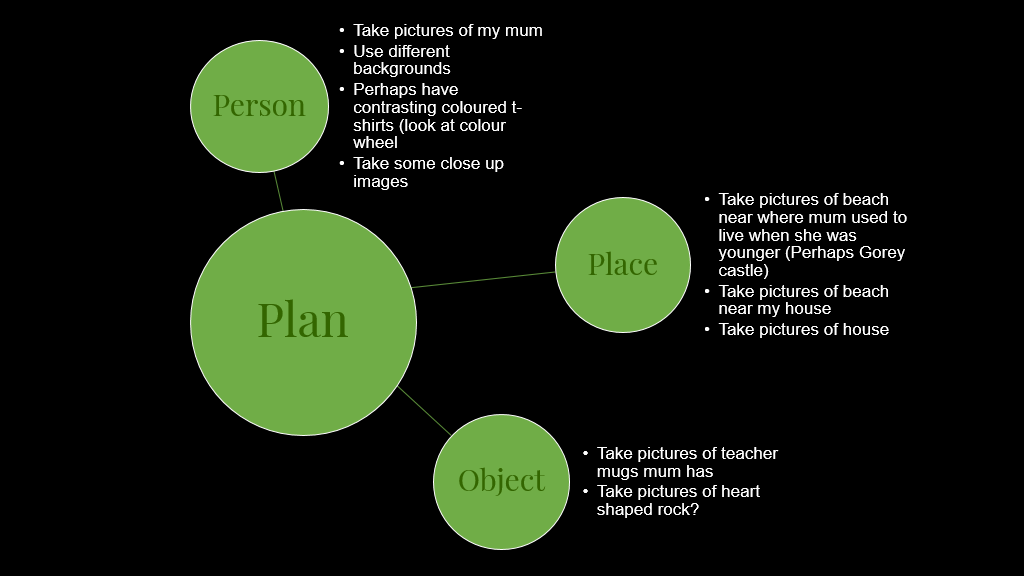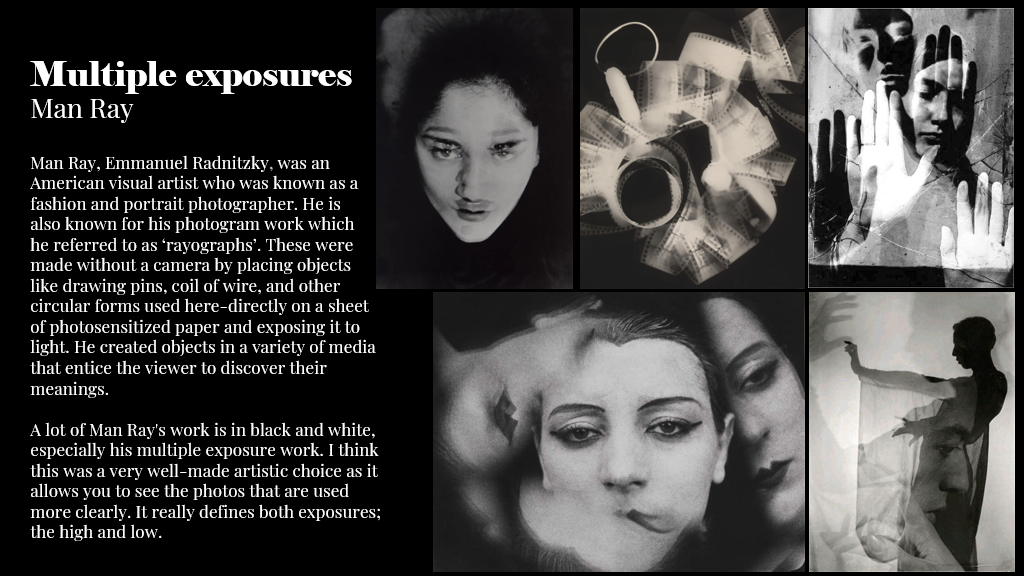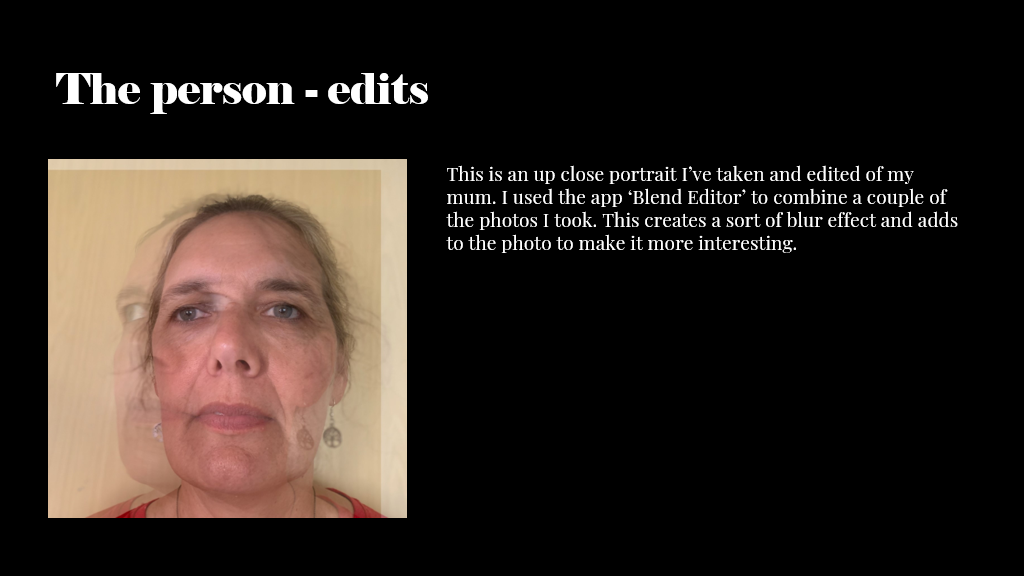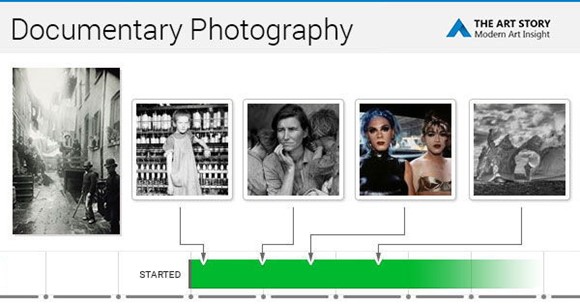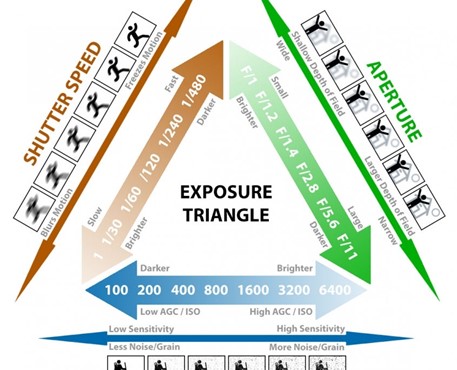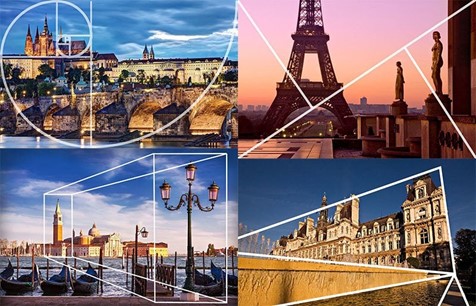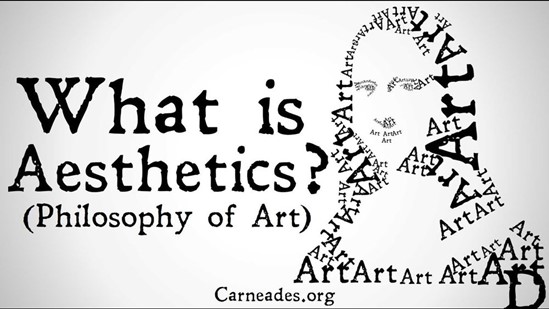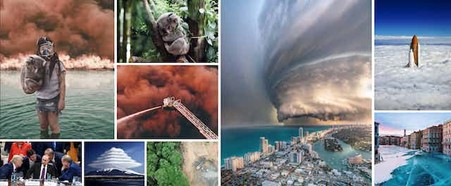Focal length:
Focal length is the distance between the centre of a lens and the focus. It tells you how much of the scene will be captured in frame.
Focus points:
The focus points are the areas in the camera’s frame that the camera uses to lock onto the subject being photographed.
ISO:
ISO is the camera’s sensitivity to light. The higher the ISO, the better the film’s ability to capture images photographed in low light. Recommendations for the ISO setting:
- 100 or 200 best ISO for outside pictures on a sunny and bright day.
- 400 ISO for cloudy days, or indoors for window light portraits.
- 800 ISO for indoors without a flash.
- 1600+ ISO for really low light situations – that school play your kid is in.
White balance:
The white balance is the camera’s colour balance. It is used to adjust colors to match the color of the light source to ensure that white objects appear white.




